Any construction project starts from the foundation. At current prices, pouring a foundation is almost as costly as rebuilding a house as a whole - it takes almost half of the budget. Given this circumstance, it is very important to buy such materials for the foundation, which would give a guarantee that it will last for centuries. And the basis of all this is the fittings. Today we'll talk about which one to choose so that you don't spend extra money and get the maximum structural strength.
Read in the article
- 1 What material to choose reinforcement from
- 2 Steel reinforcement markings and their meaning
- 3 How to choose reinforcement for the type of foundation
What material to choose reinforcement from
Until recently, no one would have understood this question, but now there are several answers to it. So, reinforcement for the foundation can be made:
- Of steel. This is the most traditional option. Steel reinforcement is manufactured with a smooth or ribbed surface.
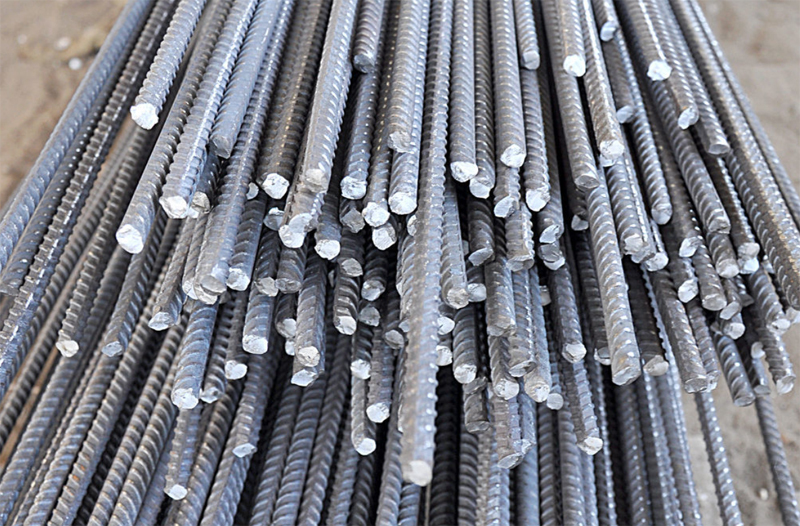
- Plastic composite. It is more expensive than steel, but it is unfamiliar with corrosion problems.
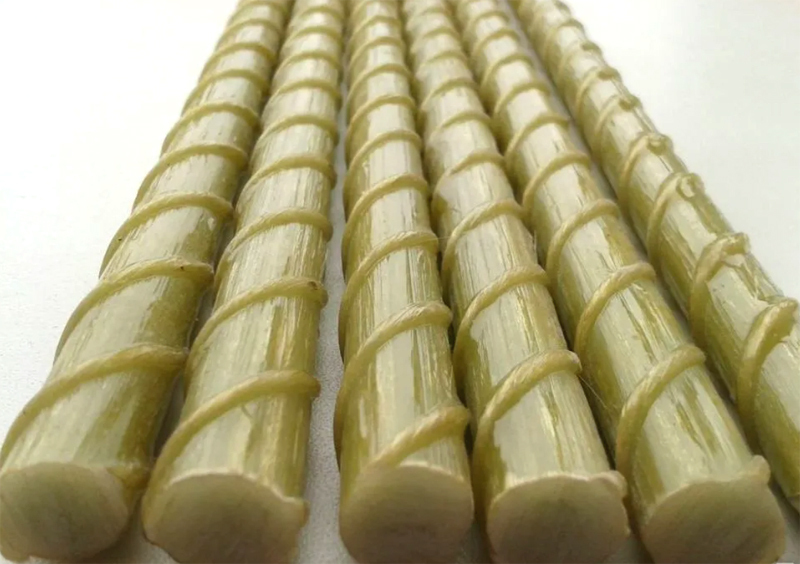
In turn, the composite reinforcement can be basalt-plastic, fiberglass and carbon-fiber reinforced plastic. Of all the above, the most durable is basalt-plastic reinforcement.
If you are faced with the task of saving money, then, frankly, there is no point in buying plastic fittings. For a private house, the strength and durability of steel is more than enough.
Steel reinforcement markings and their meaning
The first letter in the reinforcement marking indicates the method of its manufacture. A - this is hot-stamped steel, such fittings are easy to weld into a frame. Rebar marked B is cold rolled, it can be used in the foundation, but only after careful preliminary calculations. And if the letter K is present in the marking, then this is rope steel, which is used at industrial facilities. It is too expensive for private construction.
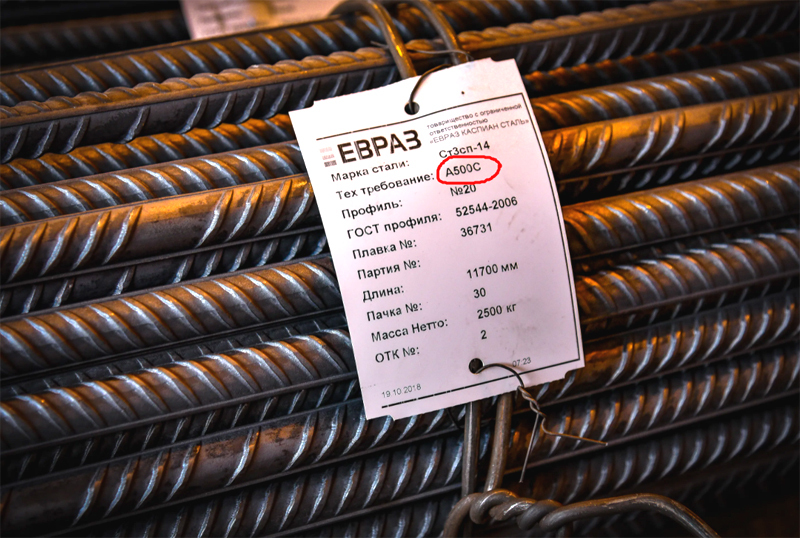
Next are the numbers that they mean:
- 240 - smooth steel up to 12 mm in diameter. Not suitable for foundations, but can be used as clamps;
- 300 - structural reinforcement that is not used in the foundation. In extreme cases, it is permissible to use it in the manufacture of foundations for small outbuildings;
- 400 – 500 - the ideal choice for the foundation of a private house. Embossed reinforcement, which is sold in rods;
- 600 - is selected if it is necessary to compensate for the overstress of a large structure;
- 800–1000 - not used in private construction, such fittings are purchased by companies that develop apartment buildings.
And finally, after the digital code, there is an alphabetic one again. If C is present, this means that the reinforcement can be connected by welding. K - denotes anti-corrosion resistance, Ab - increased strength and anti-corrosion resistance.
For those who consider their money, for private construction it is better to choose fittings with the A500C marking.
How to choose reinforcement for the type of foundation
There is no universal answer to this question - each type requires careful load calculations. But there are general recommendations:
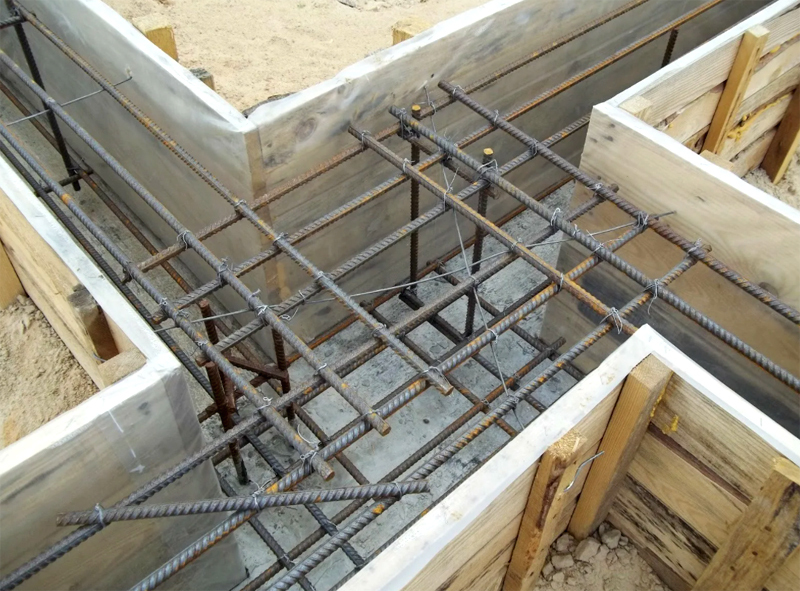
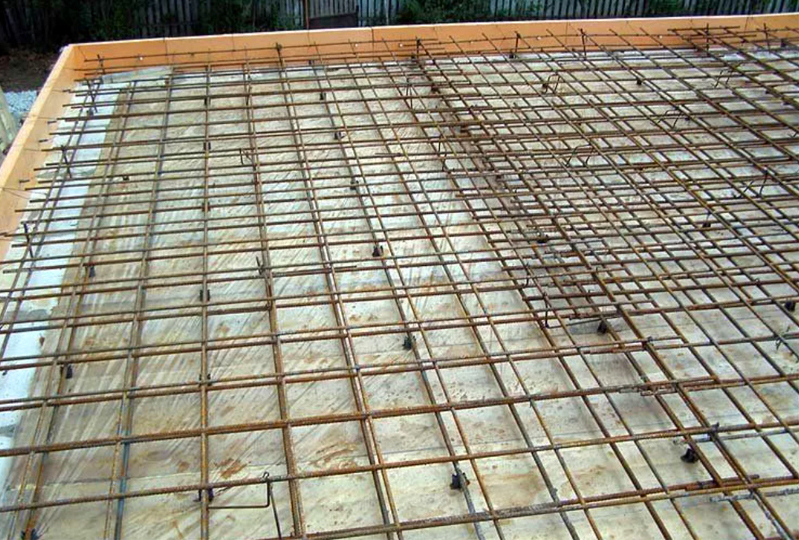
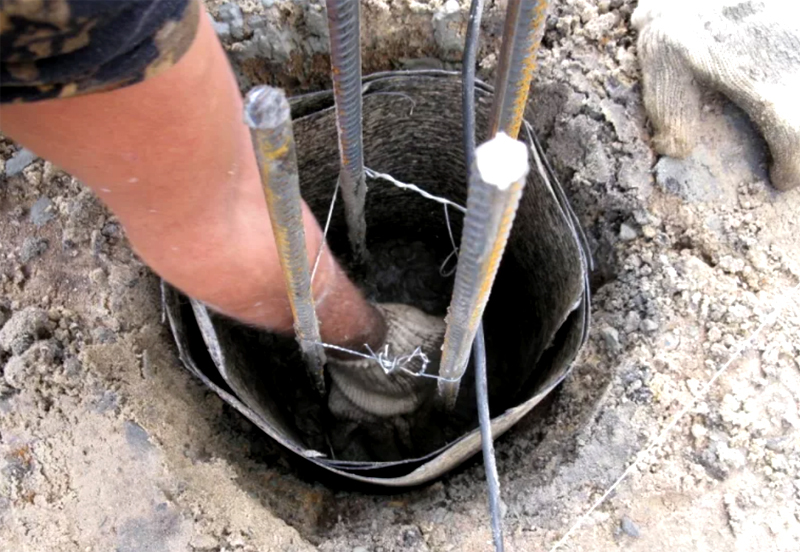
And a few more useful recommendations on this topic:
What recommendations could you give? Share your experience in the comments!
I bought a set of plasterboard heating revolts - for additional heating to ...
Hello! I want to put two glass houses at the recreation center. You can contact ...
Nice to watch you work. I would like to invite you to me, eh. T O I have rosettes ...
I ordered a set of heating revolts for the loggia a month ago. A week ago, everything was installed ...
I have one apartment - I rented it out, and in the spring I bought another one in Kazako ...
He was once a good journalist. But... he got sick and became a propagandist! Maybe not so ...
Thanks for the interesting article! I opted for Decorazza. Elegant silk effect ...
I have Londix Effect tablets, they are not in the author's list, but in vain. The pills are cool, not p ...
Good day! My name is Dmitry. I am the owner of several internet projects. Together with couples ...
Good day! My name is Dmitry. I am the owner of several internet projects. Together with couples ...
And now we also have a revolts dealer in Lipetsk. Recently appeared. Of course ud ...



